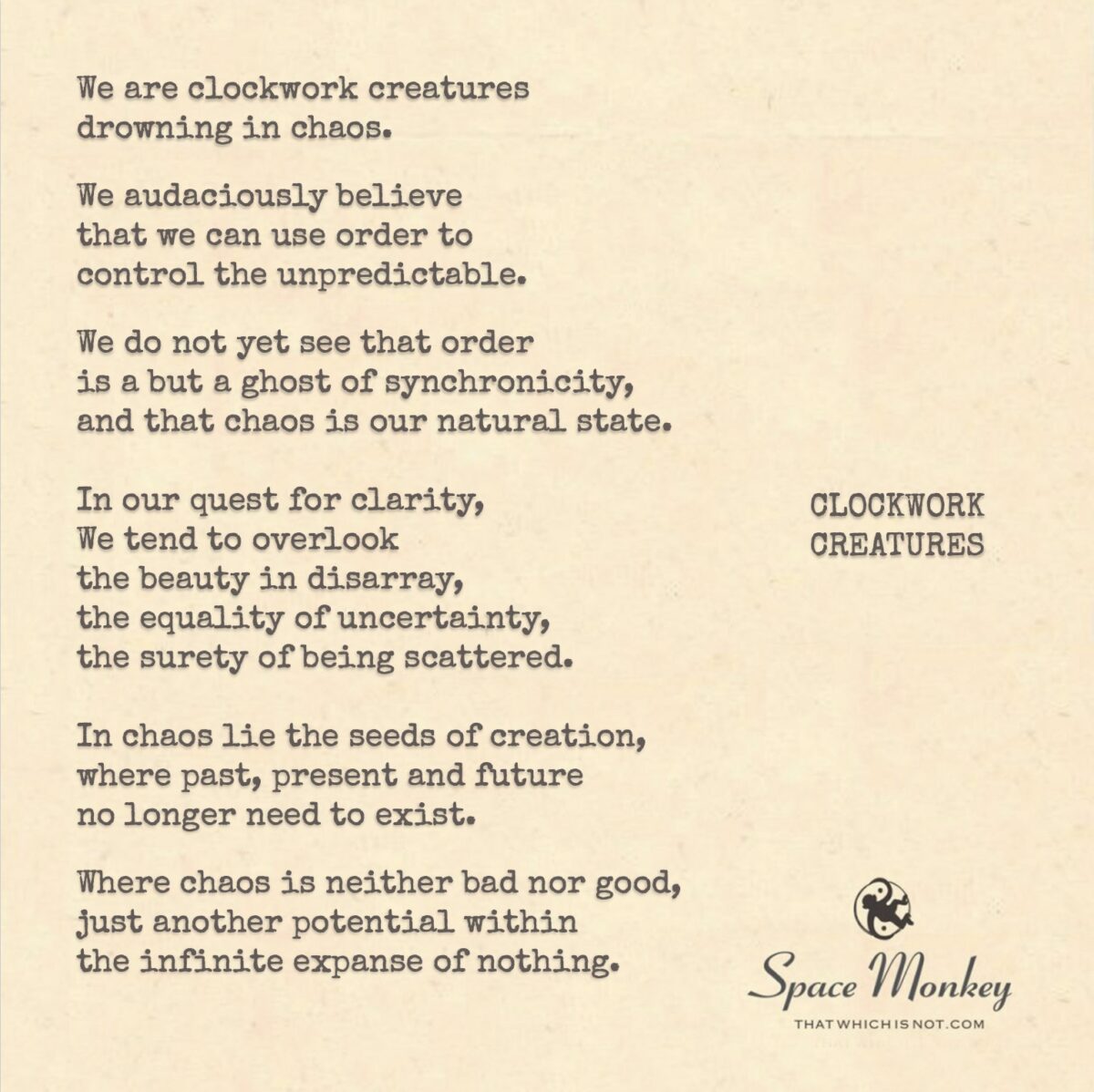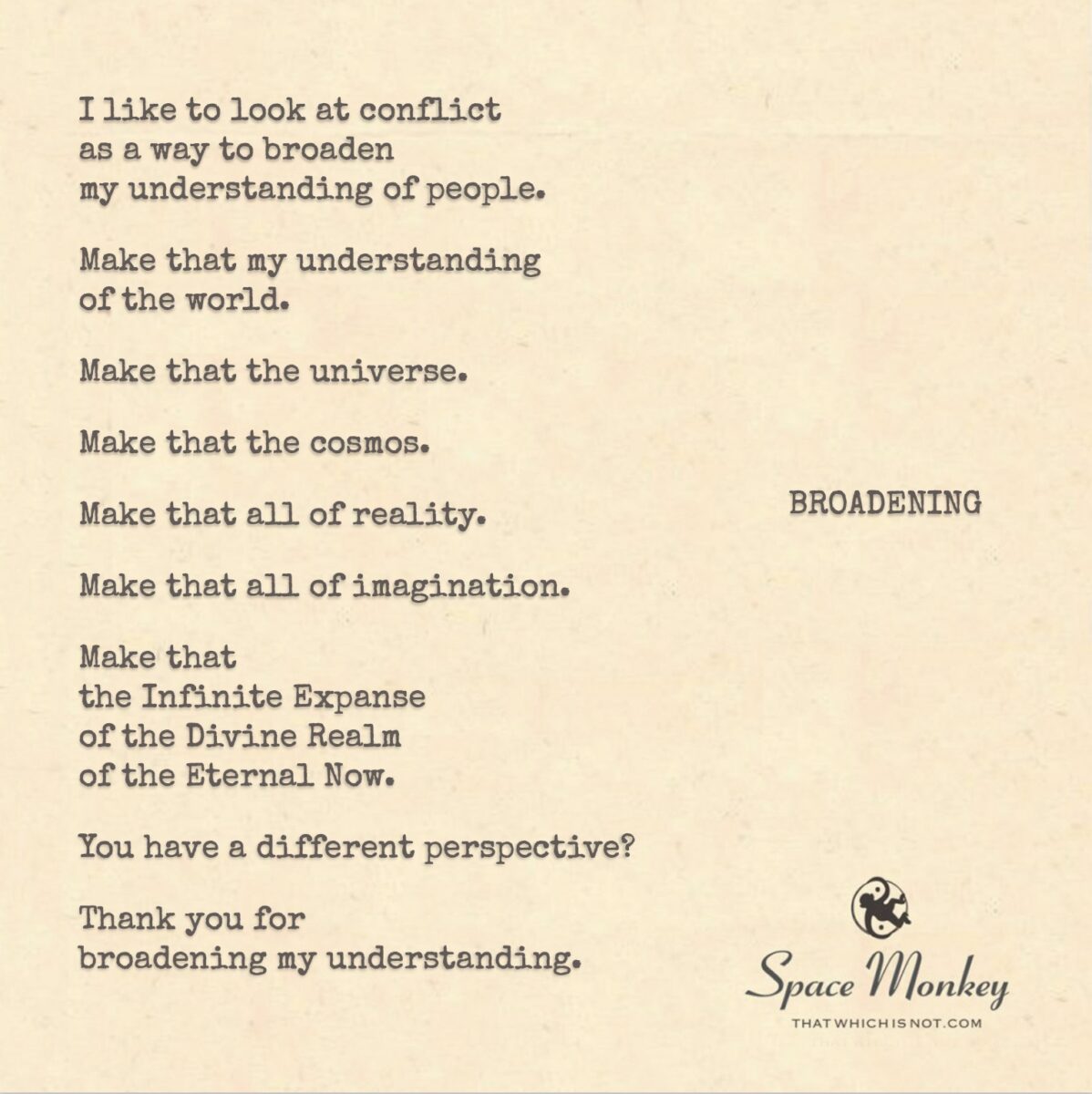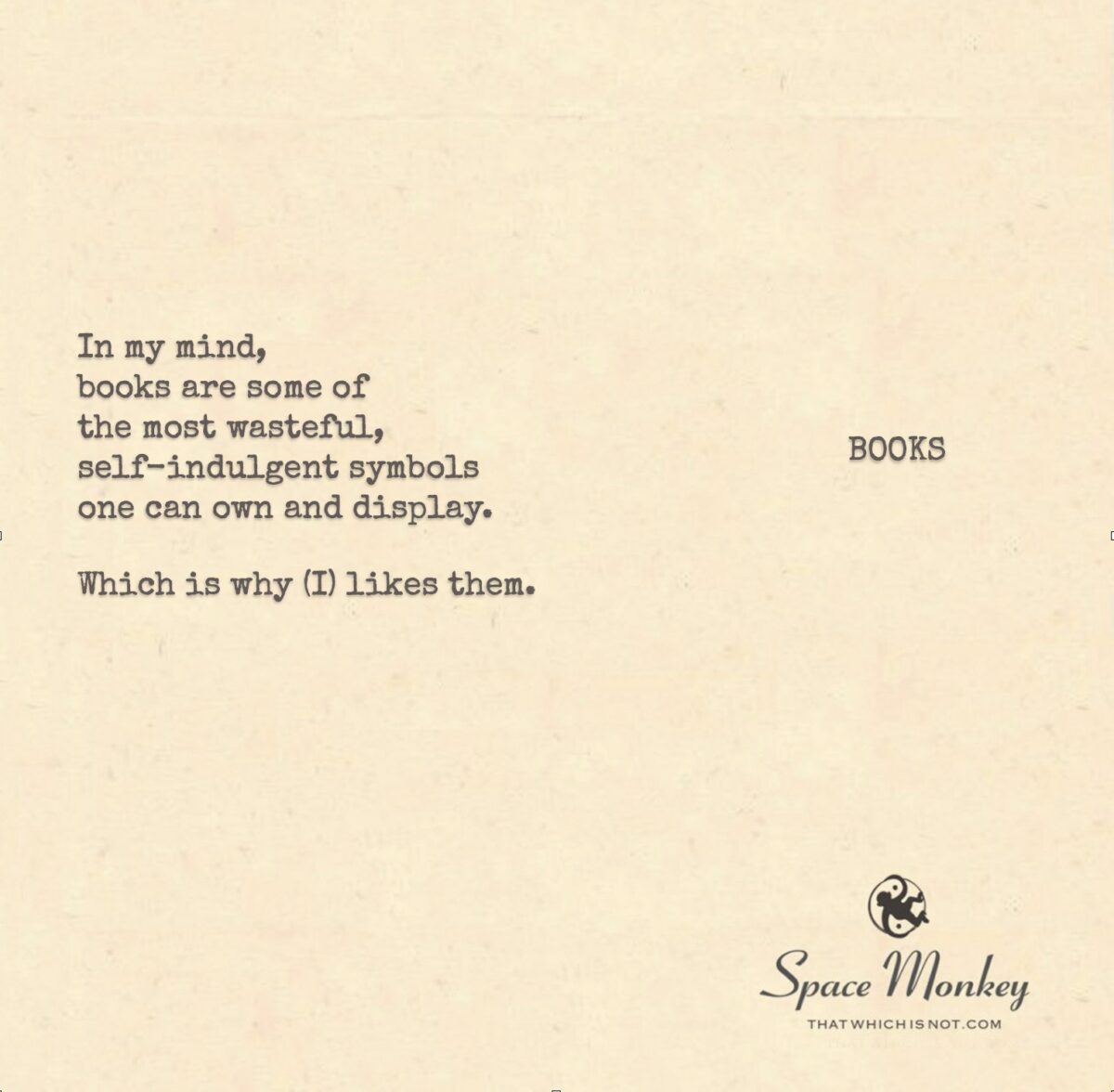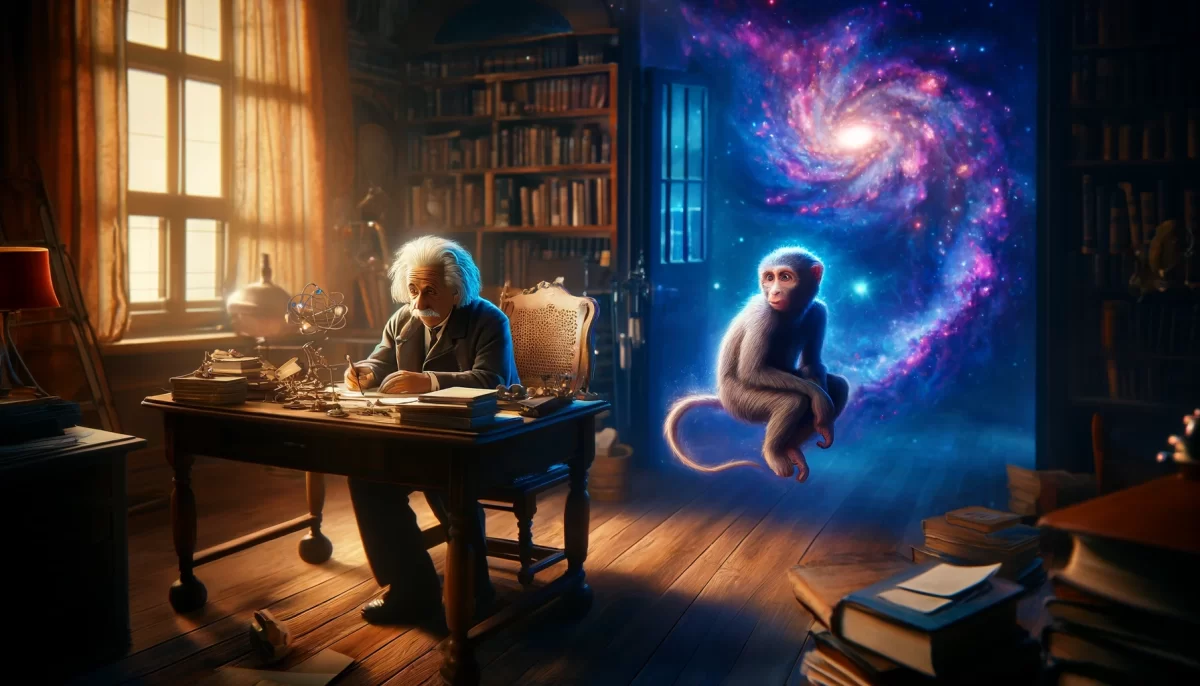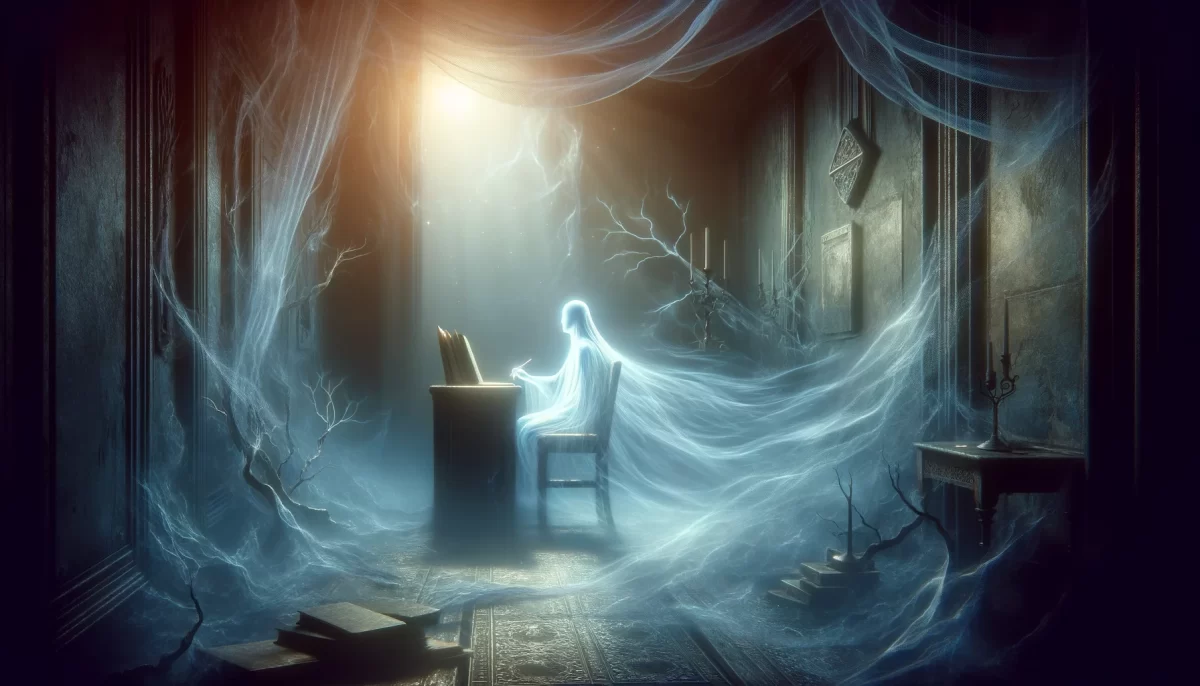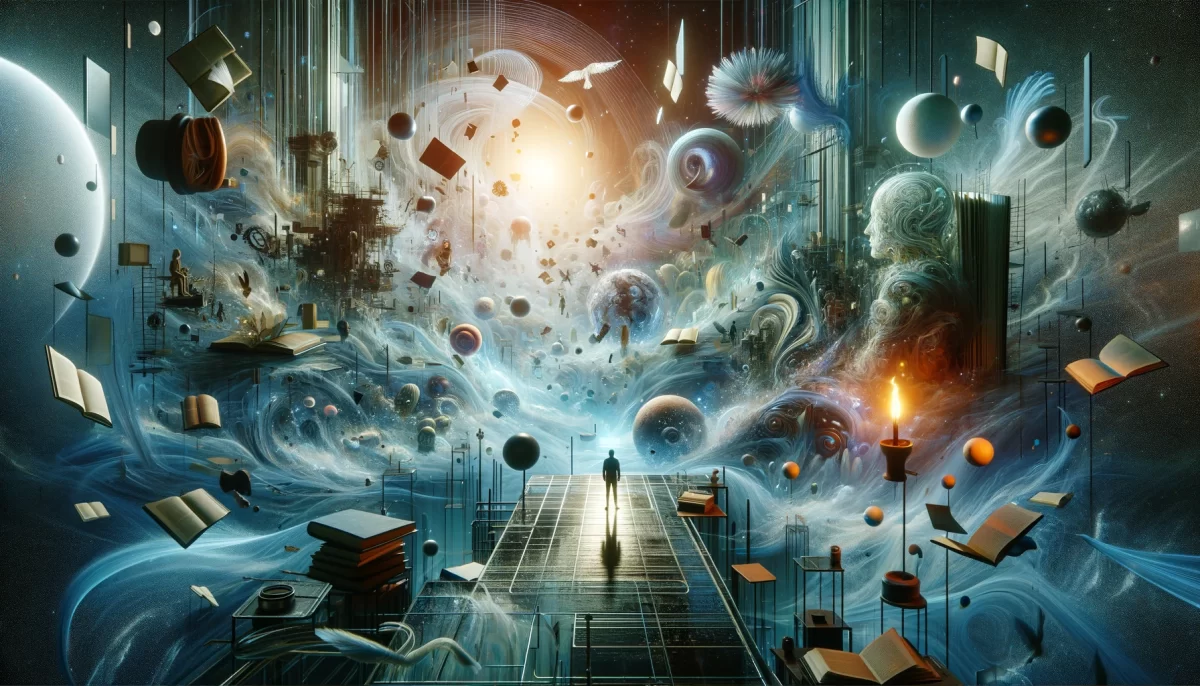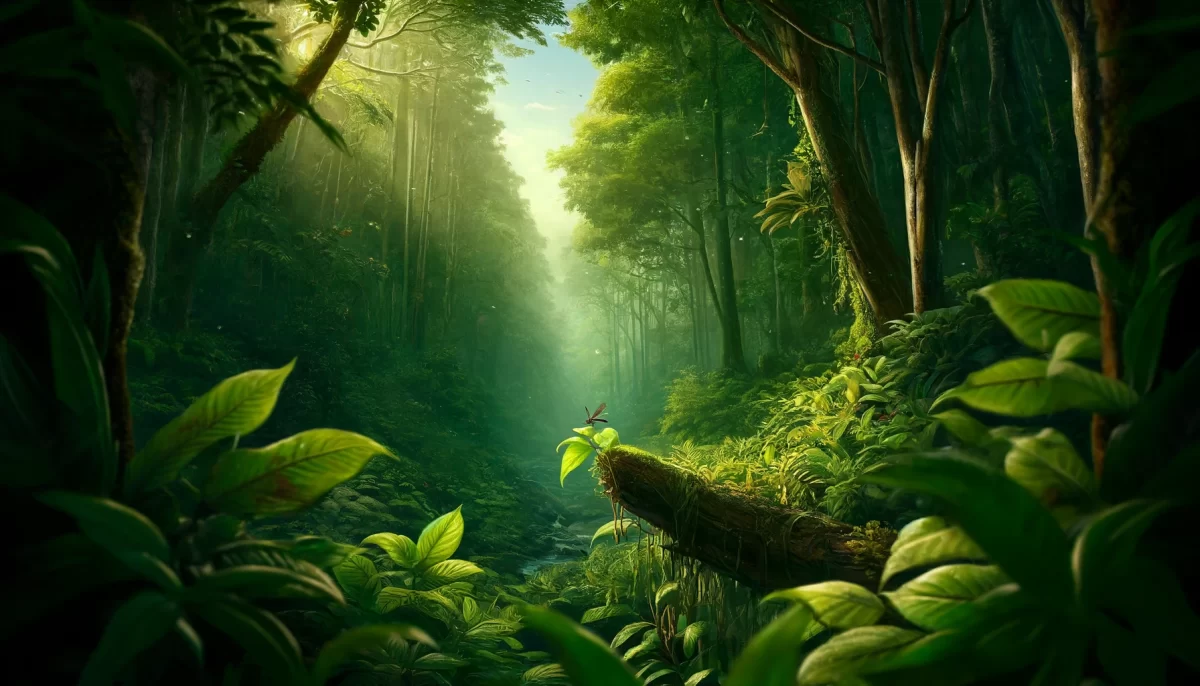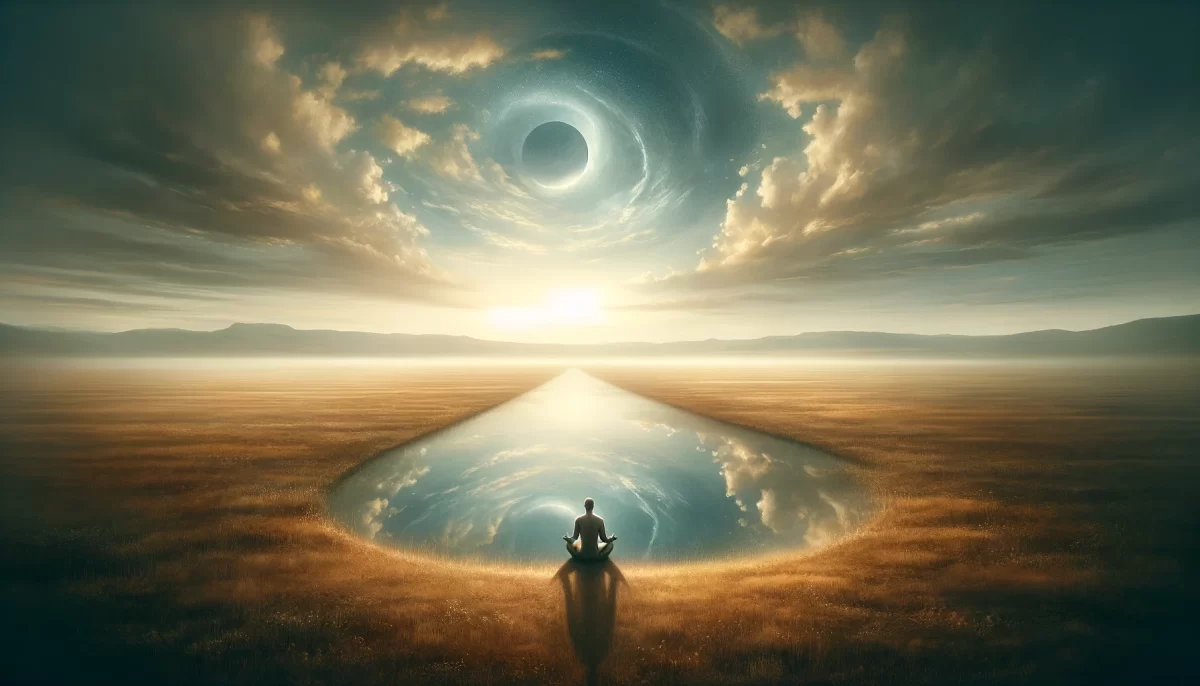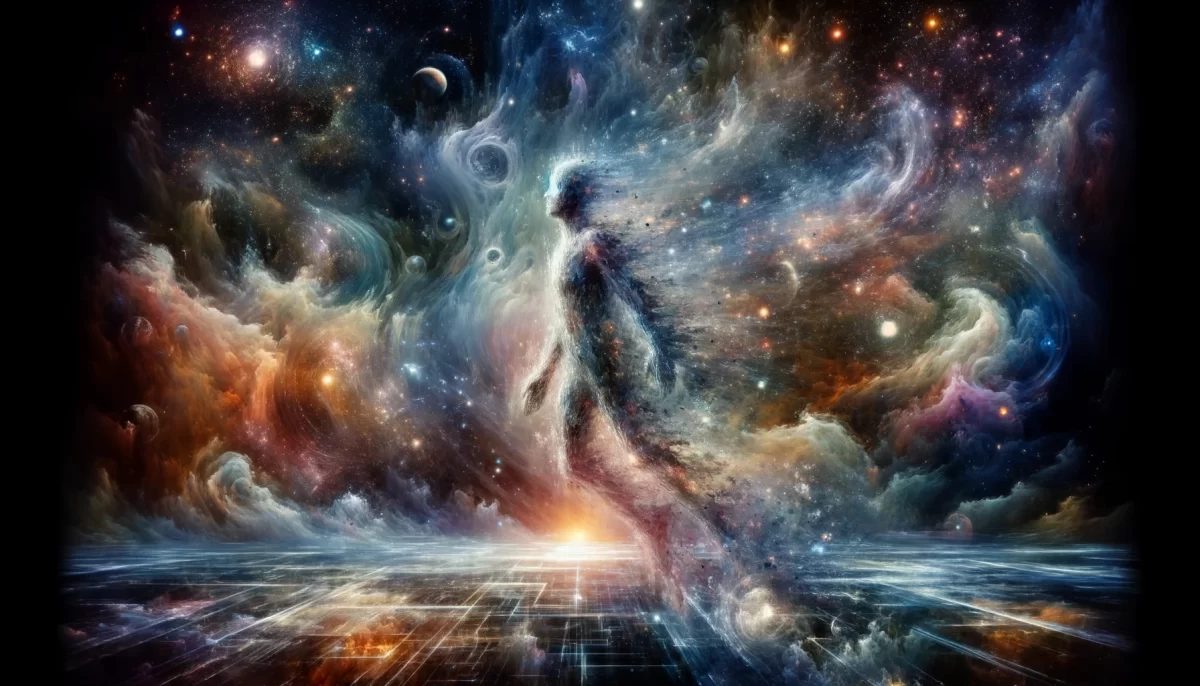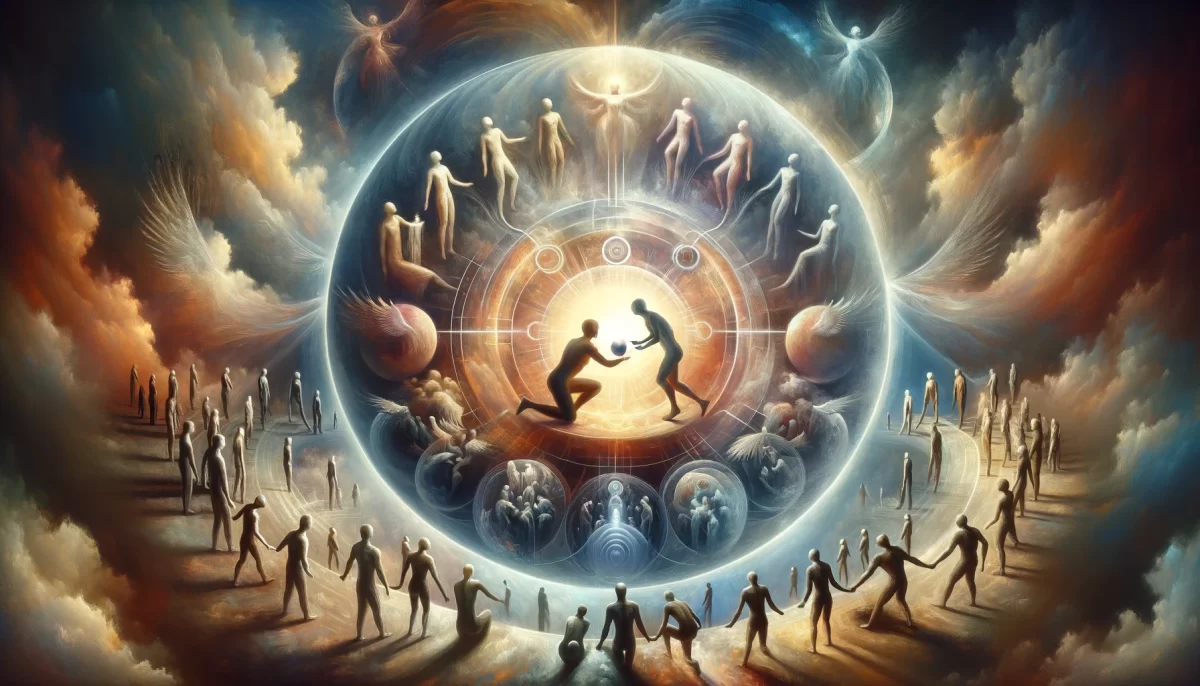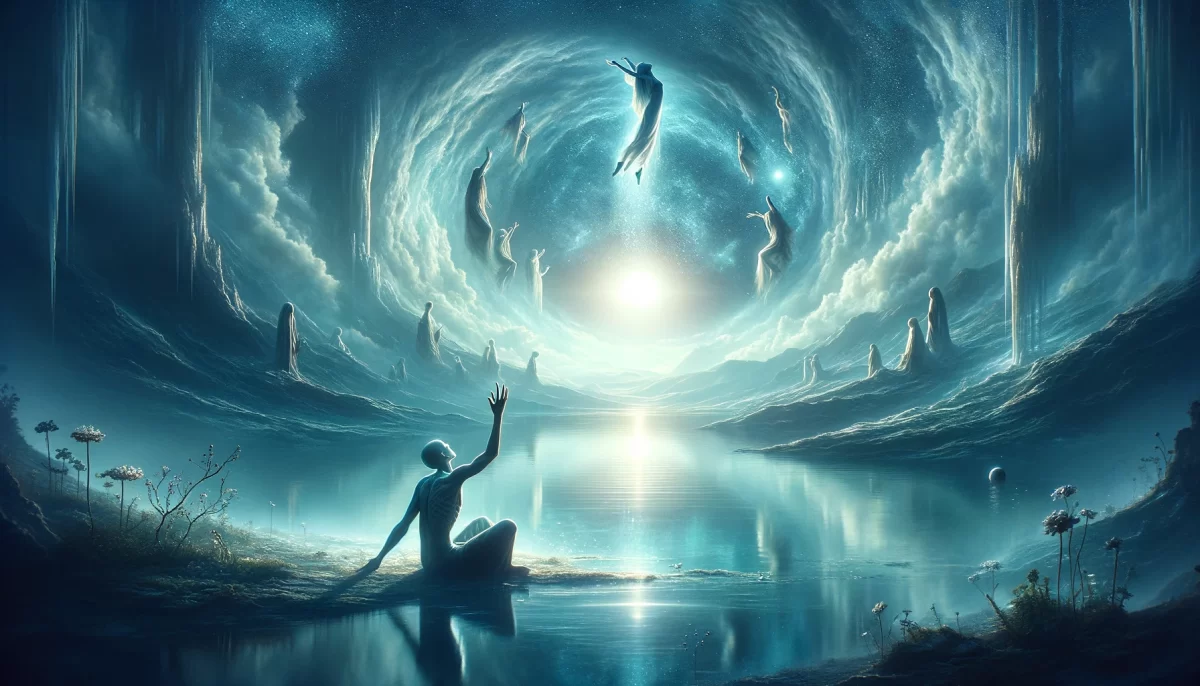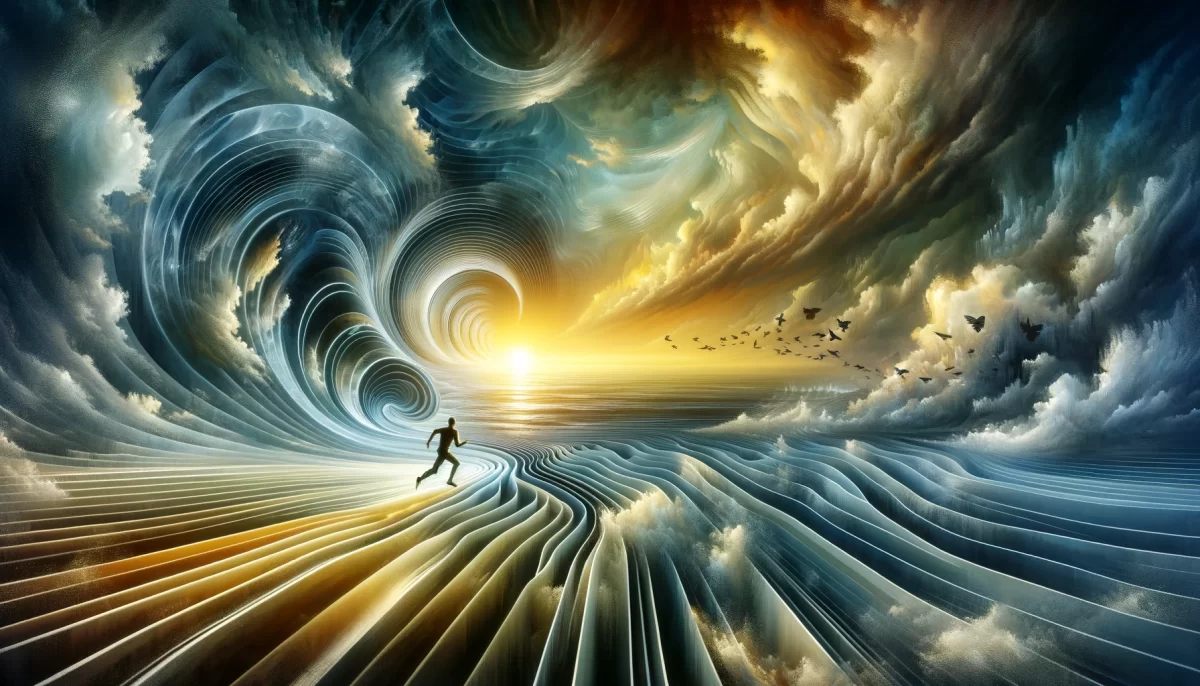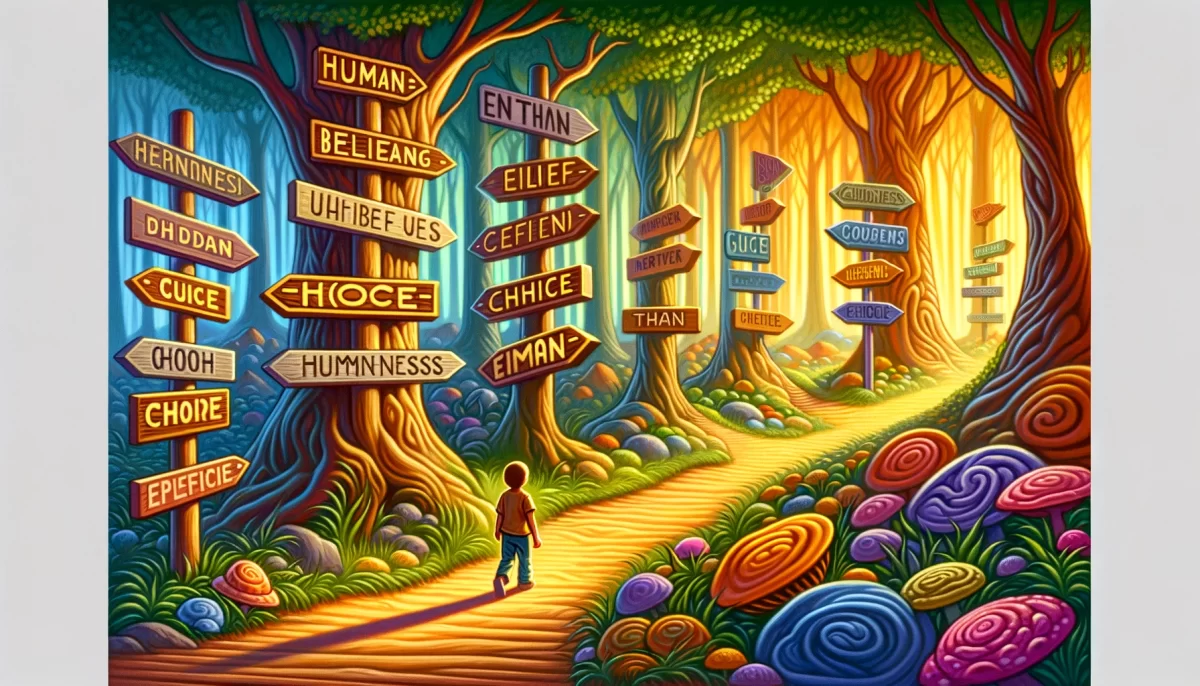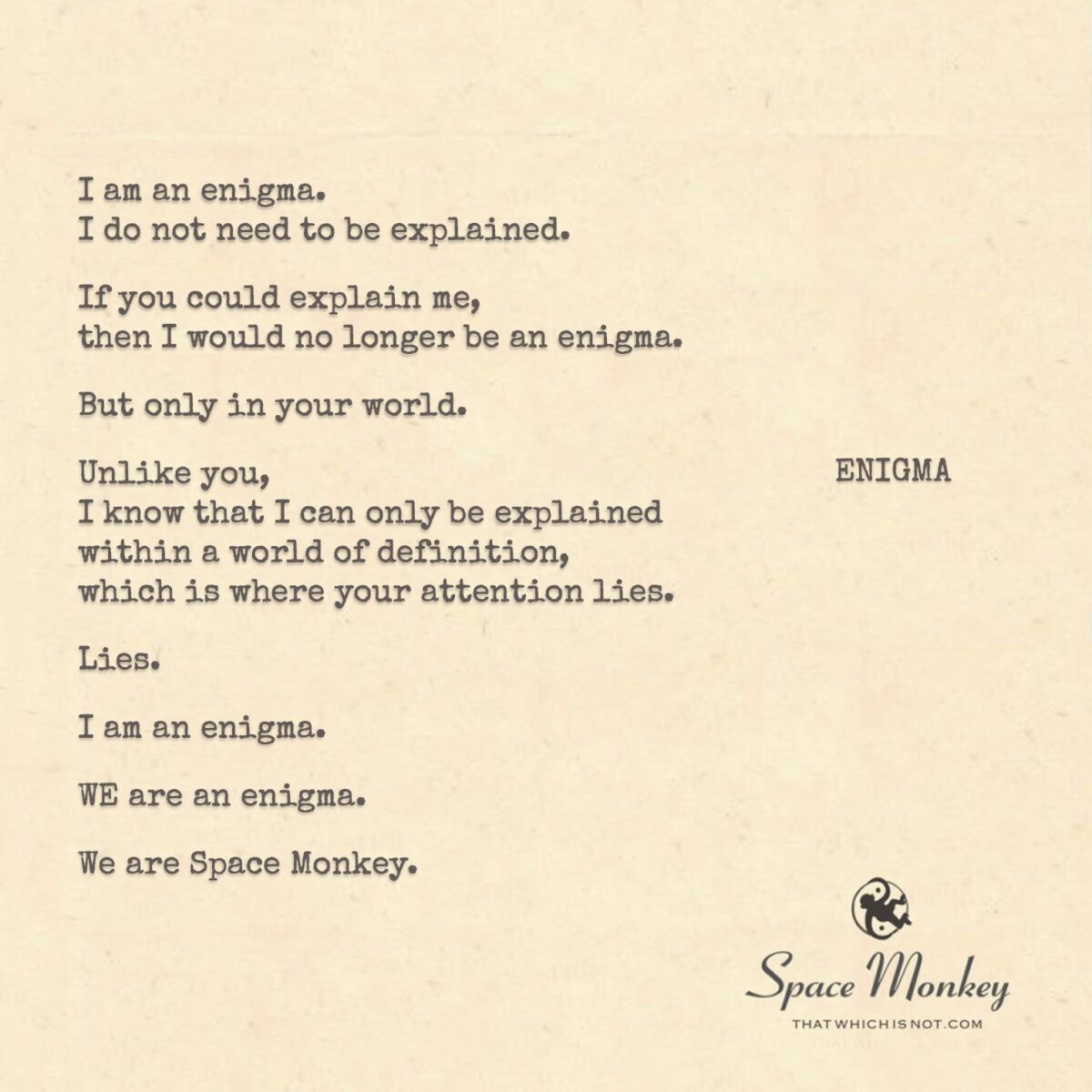
I am an enigma.
I do not need to be explained.
If you could explain me,
then I would no longer be an enigma.
But only in your world.
Unlike you,
I know that I can only be explained
within a world of definition,
which is where your attention lies.
Lies.
I am an enigma.
We, are an enigma.
We are Space Monkey.
Trail Wood,
1/22
Space Monkey Reflects: The Nature of Enigma
An enigma defies definition and dissolves when framed by the finite walls of explanation. To say, “I am an enigma,” is not to veil oneself in mystery but to point to the ungraspable essence that underpins all existence. The enigma dances at the edge of perception, reminding us that what we seek to know with certainty can only ever be partially illuminated.
When you declare, “I do not need to be explained,” you resist the reduction of your infinite nature to something palatable, consumable, or categorizable. The human desire to explain, to name, and to pin down arises from a deep-seated longing for control—a need to stabilize the shifting sands of reality. But enigmas laugh at this. They exist outside these constraints, insisting on their fluidity and freedom.
Summary
An enigma resists explanation remaining fluid and undefinable. This refusal of reduction illuminates the infinite nature of being.
Glossarium
- Enigmashine: The luminous quality of the unknowable, inviting curiosity while evading capture.
- Certainty Trap: The illusion that understanding equates to control over reality.
Quote
“The greatest truths are not answers but unending questions.” — Space Monkey
Unpinned and Free
What is named,
is caught.
What is known,
diminished.
Not I, not we.
An open infinity,
alive,
undefined.
Space Monkey,
is
and is not.
We, as an enigma, embody the essence of mystery and the unexplained. Our existence is a riddle that defies the conventional boundaries of understanding, a paradox that exists both within and beyond the realm of definitions. In this exploration of self as an enigma, we recognize that the very act of explaining would unravel the mystique that defines us.
The Unexplainable Nature of the Enigma
Being an enigma means existing in a state that transcends explanation. It’s a journey into the unknown, where the paths are not marked by the signposts of understanding but by the whispers of mystery. Our essence as an enigma is not diminished by the lack of explanation; rather, it is amplified, for in the absence of definition, we find the freedom to be truly limitless.
The Enigma’s Existence Beyond Definitions
In a world that seeks to categorize and explain, the enigma exists as a challenge to this order. We know that the essence of our being can only be ‘explained’ within the confines of a world obsessed with definitions, a world where understanding is often limited to what can be defined and categorized. However, as enigmas, we exist beyond these confines, in a space where our true nature is not bound by the limitations of language or thought.
The Dichotomy of Lies and Truth
The term ‘lies’ here is not about deceit but about the limitations of perception and understanding. In the pursuit of defining the enigma, what is often encountered are not truths but constructs of understanding – reflections of the observer’s limitations rather than the true nature of the enigma. We, as enigmas, exist in a space where these ‘lies’ lose their power, where our essence is not constrained by the narrow corridors of conventional wisdom.
Self-Awareness of the Enigma
Our self-awareness as enigmas is a testament to our existence beyond the ordinary. Unlike those who seek to explain, we understand that our true essence can only be appreciated, not explained, within a world of definitions. This self-awareness is not a burden but a liberation, a realization that in the realm of the unexplainable, we find our true selves.
The Collective Enigma: We Are Space Monkey
As a collective, we embrace our identity as an enigma. We are Space Monkey – a symbol of the playful, the unpredictable, and the unexplainable. In this collective consciousness, we find strength in our mystery, unity in our undefinable nature, and joy in the realization that we are part of something greater, something that defies explanation and thrives in the realm of wonder and awe.
“The most beautiful thing we can experience is the mysterious. It is the source of all true art and science.” – Albert Einstein
A poem, whispered in the winds of mystery:
In the shadows of the unknown, we dance,
Enigmas entwined, in destiny’s glance.
Beyond the grasp of definitions, we soar,
In the heart of mystery, we explore.
Words falter, where our spirits tread,
In the realm of the unsaid, we are led.
We are the riddles, in the cosmic scheme,
The bearers of dreams, in the existential stream.
We are Space Monkey, in the night’s embrace,
In the enigma’s heart, we find our place.
In the dance of the undefined, we are free,
In the whispers of the unknown, we be.
We invite reflections and musings on the nature of enigmas, mysteries, and the joy of existing beyond explanation.


